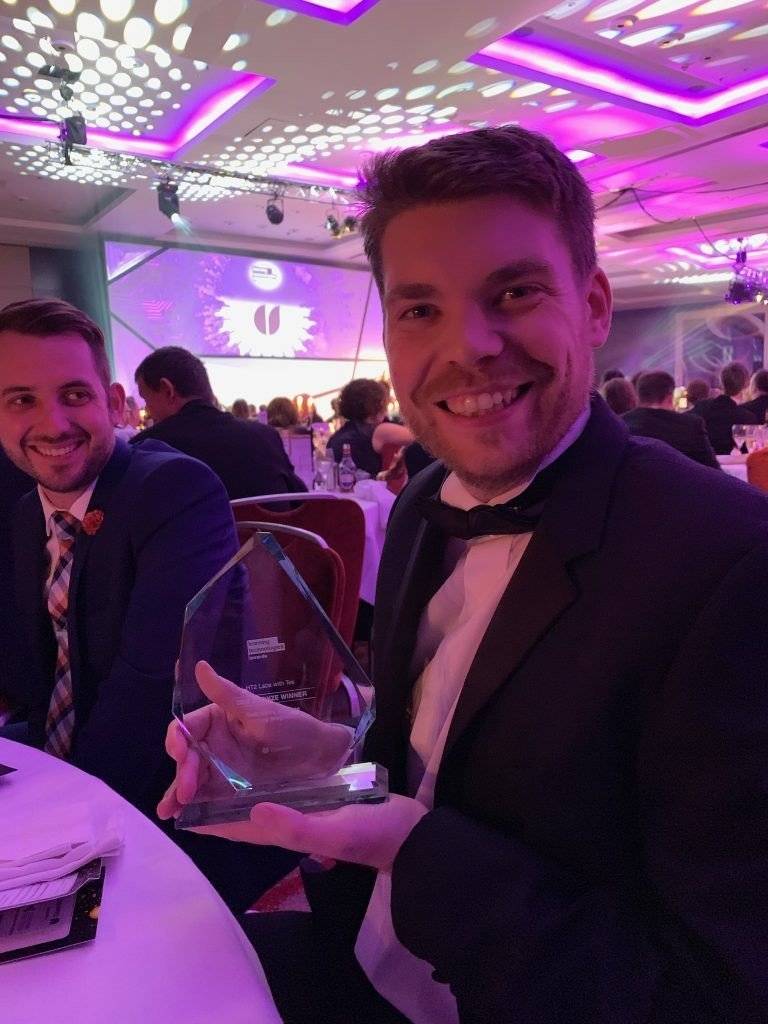Designing the future – how do you make your business more sustainable?
Businesses in every industry are being pushed to become more sustainable. To combat climate change, we must find economic as well as environmental solutions. This means achieving economic growth without engaging in the harmful environmental trade-offs that typically and historically judge success.
A circular business model
This linear model of producing, consuming, and discarding products generates colossal quantities of waste. Much of which, end up in landfill or in our oceans. It also fuels global warming. We don’t have a limitless supply of natural resources. If we want our planet to remain habitable, it’s time to get back to the drawing board.
Innovative businesses are increasingly moving towards more circular business models. Products remain in service for as long as possible and are collected, re-used, re-engineered or recycled at end of life to create new ones.
Trends such as servitization in this respect can also create additional revenue opportunities. Many manufacturing businesses have changed their models so that customers pay for a service. For example, air conditioning, rather than buying the equipment themselves.
This model can be a major contributor to the systemic efficiency approach to decarbonization. It also enables manufacturers to access consistent revenue sources and launch complementary services, such as maintenance and repair, to keep products in life for as long as possible.
Reduce energy consumption
The easiest and most cost-effective way to create a more sustainable business model is to attempt to reduce your dependence on energy and consume less. Investing in renewable energy sources for work premises takes this a step further and will also make you more self-sufficient in terms of the power you create and consume.
Employees can also play a role, and businesses have a responsibility to encourage them to do so. Ask workers to consider how much energy they consume and identify areas they can reduce consumption. In addition, encouraging your team to utilize green spaces, grow their own fruit and vegetables and repair or reuse equipment when broken, rather than replacing it, will help.
Flush the fashion
One of the biggest culprits of climate change is the fashion industry. Only 1% of fashion textiles produced each year are successfully recycled in a true closed loop. And 73% is burned or sent to landfill. Cheap clothes are having a devastating environmental impact. Whether it’s the carbon emitted from manufacturing, or the microfibres which pollute our oceans. Our make, wear and discard model must be challenged.
As we strive to hit net zero by the middle of the century, the fashion industry is under increasing pressure to manufacture products that are durable, that can be mended or refashioned, that are made from recycled or renewable materials, and that use raw materials which are sustainably sourced. We are all fashion consumers; whether it is the suits we wear to work, specialist clothing or the clothes we wear in our leisure time. Holding onto clothes for as long as possible, contributing to charity shops and renting instead of buying clothes will all help reduce carbon footprint.
Shorten your supply chain
One of the most difficult but important sources of business emissions to reduce our scope 3 – the result of activities from assets not owned or controlled by your business, but that your company indirectly impacts in its value chain. This includes supply chain emissions; those of suppliers and even how far raw materials travel to get to your business; in addition to how they are derived.
It is worth spending time analyzing your supply chain; the sustainability credentials of your partners and suppliers; and understanding if there is scope to reduce scope 3 emissions within your own value chain.
This does not have to be a major move away from existing relationships and supplier agreements. It could simply be educating partners on moves they can make to become more sustainable. The key to reversing climate change lies first in educating as many parties as possible about the problem and what they can do to help solve it.
If you are interested in how to create a more sustainable business model, take a look at our online learning course, which has a module dedicated to designing future business models.
About the author

Dr Denise Taylor is a qualified sustainability consultant who founded a family-run business, Wylde Connections, alongside her daughter in January 2020. The inception of Wylde brought together Denise’s knowledge, skills and experience gained over 30 years across three main disciplines: environmental education, strategic marketing communications, and learning and development. Find Denise on Linkedin.


